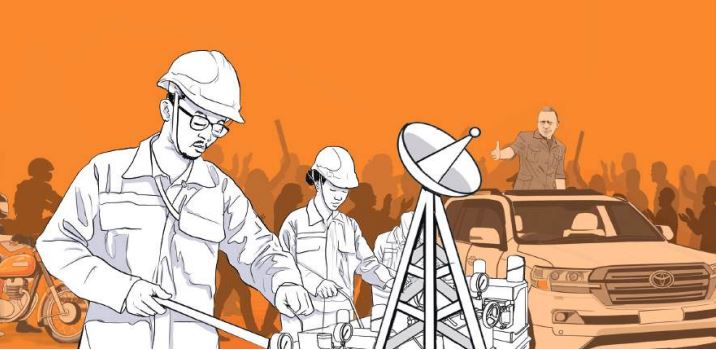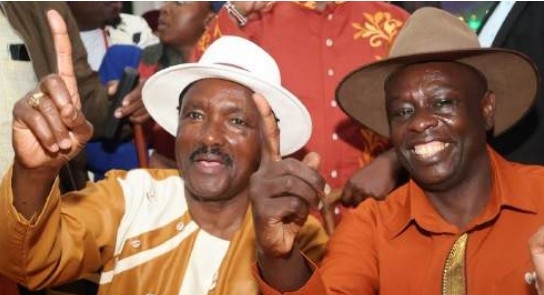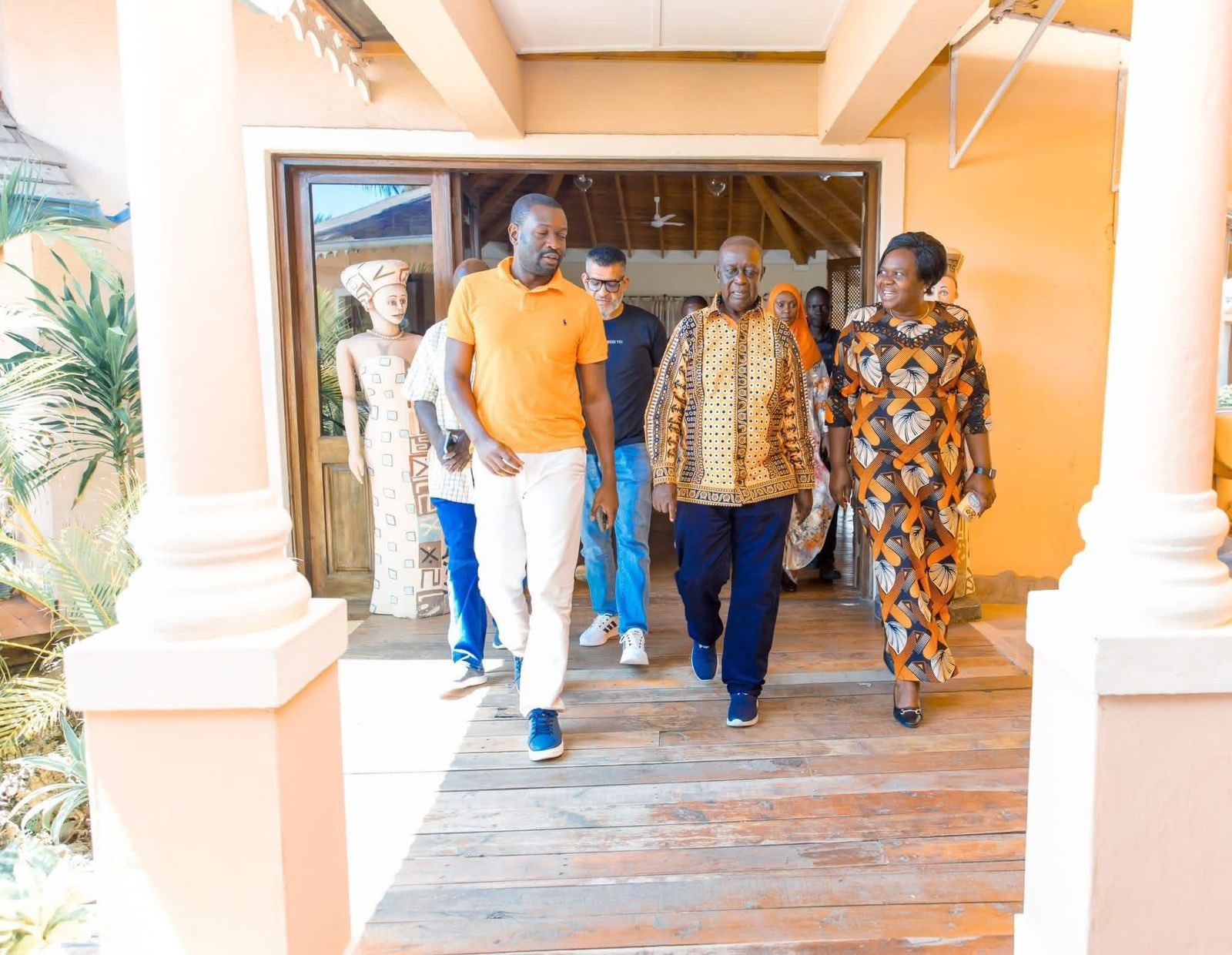
Elections in Kenya generally have two distinct features.
First, there is the visceral “us versus them” aspect, which has the same flavour as a Premier League football match. Seeing the opposing side lose is cause for much celebration, especially as this means that “our side” won.
But “us versus them” is only part of the story. The other part is the eager credulity of people who have been promised better times: a promise that aligns with their own hopes.
In the 2023 election, that promise was of the “bottom up” policies that William Ruto repeatedly undertook to bring to the nation if elected.
Knowing all too well that they were certainly at the “bottom”, those voters could not fail to believe that it was high time they too got to experience what it meant to be “up”. You could not convince them – until it was too late, of course, and they had experienced the reality in their own lives – that actually, they would remain firmly at the bottom.
But it has always been that way in Kenyan politics.
In all these past 20 years or so, the only two political promises that I have seen fulfilled in any meaningful way were first, free primary school under President Mwai Kibaki; and second, a new constitution, under Kibaki with Raila Odinga as the Prime Minister, who did a lot of the heavy lifting.
All other promises – one laptop per child, free healthcare, comprehensive (“radical surgery”) judicial reform, etc – proved to be beyond the abilities of the successful presidential candidate who had made these promises.
Yet none of this need make us despair.
For although political promises are basically worthless, it is not in the fulfilling of the promises made during the heat of presidential campaigns that the country makes progress.
What actually takes a country forward is the successful adoption of transformational technologies. And the national government’s willingness to allow for the widespread use of such new technological assets by ordinary people.
And here are two examples to prove my point, given our specific Kenyan context.
Did President Mwai Kibaki promise us “financial inclusion” as a key plank of his campaigns in the period leading to his eventual victory in 2002?
Not that I can remember.
And yet with the launch of M-Pesa in 2007 (after a period of field testing which began in 2005), we were to get a virtually universal (and affordable) cash transfer system which, in a very short time, penetrated every corner of the country. We now simply cannot imagine life without M-Pesa and its rival funds transfer systems like Airtel Money.
Did Mwai Kibaki promise us fast and affordable Wi-Fi? Did he even mention Wi-Fi at all in his 2007 campaign rallies?
And yet in June 2009, the first undersea fibre optic cable landed on the shores of Mombasa, ushering in the era of widespread use of the internet for personal as well as official purposes.
These were both technological advances which were not in any way a key component of any presidential candidate’s campaign rhetoric.
And yet they brought about changes that were to be of immense benefit to just about every ordinary Kenyan, and on a scale which far exceeded anything that was actually promised during the most recent campaigns.
I would even add here the boda boda motorbikes which – for all the complaints we have against them in the cities – have revolutionised rural transport.
The availability of these unprecedently cheap motorbikes ended up creating hundreds of thousands of jobs: more jobs than even our much-touted Special Economic Zones have been able to create.
And yet they were never central to any political party’s manifesto, at the time when they first became available on easy terms and low prices.
The recent and much-lamented loss of the former Prime Minister Raila Odinga has ignited a firestorm of speculation over the 2027 presidential election.
The question posed repeatedly is whether Ruto will win a second term, or if he will lose to a candidate supported by the combined forces of the political opposition.
But this is not really central to any realistic hopes for material improvement of our lives.
What matters is the emergence of new technologies currently still beyond the horizon – or the innovative use of existing technologies – which will not only create jobs but also make our individual lives more bearable.












